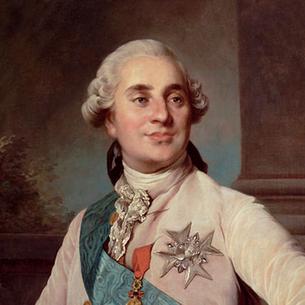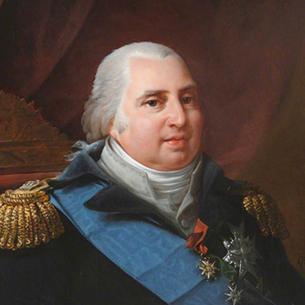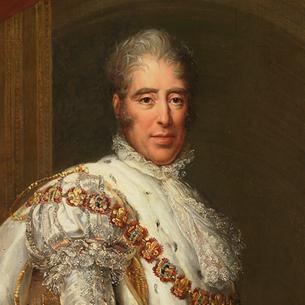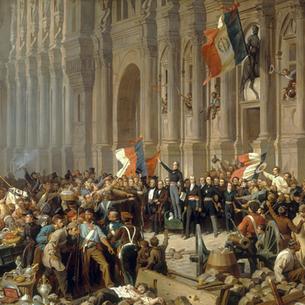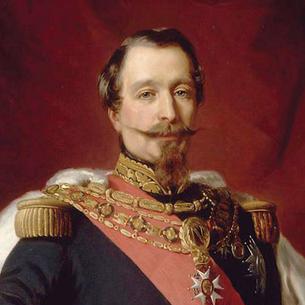Which France coins are worth money?
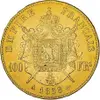

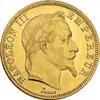





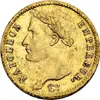
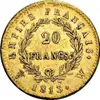

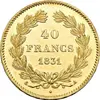


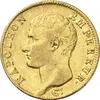
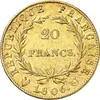




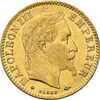
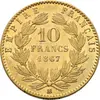

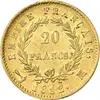
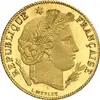

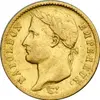
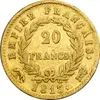
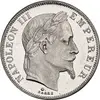
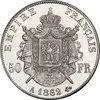


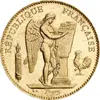
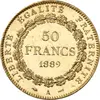




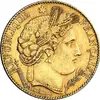

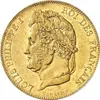
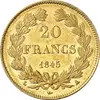
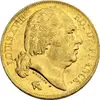
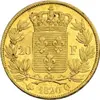





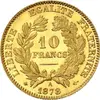
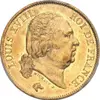

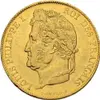
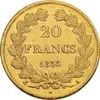


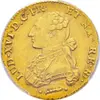



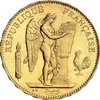
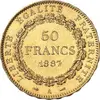


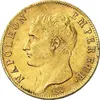
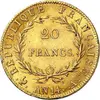
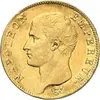
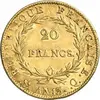




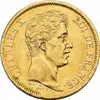
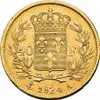
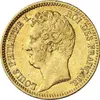




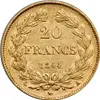

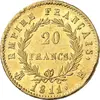
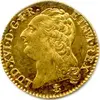
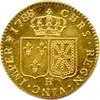
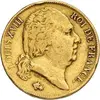
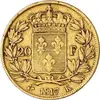


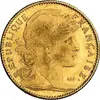



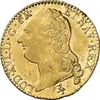

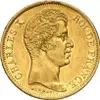

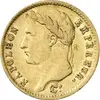
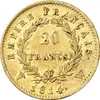
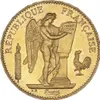
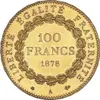
History of French coins
France
France is part of Europe and, as a European country, has adopted the euro since 2002, replacing its national currency, the franc (FRF). Over the centuries, national money has changed its name and appearance. Consider history until the end of the Third Republic (1940).
The word franc is translated as «free», «free». In 1795, he received official status, despite the fact that he appeared in 1360. At the height of the Hundred Years’ War, a new gold coin was minted to ransom King John II the Good from British captivity. Consider what coins existed before and after this time.
Accounting livre
Before the introduction of the franc in the 18th century, the official currency was the livre:
9th to 12th centuries — Parisian;
8th to 19th centuries — Turinian.
Each consisted of 20 soles, in the 18th century they began to call their name «su», which were divided into 12 denier.
Luidor
This name of the French coin is translated as «Gold Louis». It was first minted in 1640 under Louis XIII the Just. Luidor was equal to 20 livres. Napoleon replaced him.
Ecu
These are silver coins that appeared in 1792. Their name came from the medieval shield that was depicted on them. This element was decorated with national money throughout Europe and not only them.
An updated version of the coin came out in the 18th century and had a large weight — 30.6 grams with a diameter of 41 mm. Its denominations were — 1/20, 1/10, 1/4, 1/2. After the Great Revolution, she received the legendary inscription «REGNE DE LA LOI», which means «the kingdom of freedom». The ecu existed until 1834.
Salt
This is another name for French sous money. At first it was produced from silver, then from copper and billon with impurities of other non-precious metals.
They first appeared in the second half of the 8th century and lasted 500 years until 1795. The denomination is 12 denier or 1/20 livre. The coin was replaced with 5 centimes, which people continued to call su until they switched to the euro.
Second half of the 18th century
Various events in the politics and economy of France influenced the development of French money. At the end of the 18th century, an unstable situation reigned in the country, there were food riots, numerous reforms, a bourgeois revolution, etc.
The authorities carried out expropriations, forcibly took away large sums from wealthy citizens. In 1790, banknotes were printed, which replaced expensive metal coins. Then inflation occurred and the state went into default, returning to its usual system of silver and gold coins.
The livra depreciated sharply, and in order to support the economy, a decimal bill was established: 1 franc = 10 desims = 100 centimes. France became the 4th country in the world after Russia and the USA, where this system was first legalized. Then they began to mint gold coins in 5, 10, 20, 40, 50, 100 fr and silver in 1, 5, 20, 25, 50 centimes and 1, 2, 5 fr.
With the coming to power of Napoleon Bonaparte, the state began to conduct an active economic activity, which reduced public debts.
Frank Germinal was borrowed by the rest of Europe. In 1795 banknotes were issued in 100, 750, 1000, 2000 and 10 thousand characters.
In 1865, France, Italy, Switzerland, Belgium unified banknotes — they became the gold franc. Their association was called the Latin Monetary Union. They had their own standards and ratios of silver to gold.
During the Franco-Prussian War there was an acute shortage of coins, in 1870 the government gave a decree to print low-denomination money. 5, 20, 25 FRFs appeared. In the 80s, 50, 100, 500 and 1 thousand francs appeared, printed in pink and blue in order to combat counterfeiters. The 500 FRF note lasted for about 60 years.
Raymond Poincaré served several times as Prime Minister of France. The banknotes issued under him were named after him.
Notability of modern French coins
Today, the national currency of France is the euro. But French coins also exist, they are minted as part of various programs with images and symbols of the country.
The national symbol is «Marianna» — a woman in an unusual Phrygian cap, which was officially recognized in 1972. Her images are on squares and buildings, as well as coins. Today it is applied to euro cents of denominations of 1, 2, 5 units.
Commemorative series were also minted for various events with a denomination of 2 euros.
Monnaie de Paris is releasing a new design series of gold and silver collectible coins available at face value. They depict Napoleon. Therefore, you can buy them even not for the richest numismatist and replenish your collections.
The most popular and expensive coins
Various historical events and beautiful legends are associated with the coins of France. One of the famous coins is the Golden Angel. Their release began in 1792. It was believed that the coins brought good luck, so today they are a talisman. It was minted during the period of II and III of the French Republic. The last time it was released was in 1989 for the 200th anniversary of the revolution. Now it is given for Christmas and New Year.
Minted in the 19th and early 20th centuries, coins are now sold at auctions around the world for 5,000 euros. And their value only increases with time.
There are also rare gold coins that are in demand. Among them — 1,000 euros. They depict Hercules with a pair of female figures. This coin is considered one of the most expensive items in the modern world.
For centuries, French coins have been a model of the quality and art of minting. In Switzerland and other countries, money was minted using the skills and knowledge of French craftsmen. At world auctions, coins of different eras are valued; they occupy a special place in popular numismatic collections. In addition, it is a profitable investment.
A gold coin with a face value of 20 francs depicting the goddess of fertility Ceres, belongs to the famous historical coins. Its history is connected with the history of the franc, which lasts more than 600 years. The 20 franc coin is associated with the times when France played an important role in the history of Europe in the 19th and 20th centuries. Its release was the initiation of Napoleon Bonaparte, and it is still in demand today. The same coin became the lever of world trade; the monetary European Union was based on it. At the beginning of the 19th century, more than 500 million copies were minted. Today it is one of the most popular historical coins on the European market. Its design embodies the sophistication and beauty of French culture. The design of products was given great importance. Such a coin will be a worthy addition to collections, a gift and an investment.
Conclusion
The French franc has left its mark on world financial history and has contributed to the development of the economy. Today it is a valuable item in the collection of numismatists and an excellent investment. Franz is also a component of the euro, but continues to influence the global economy through CFA francs.
